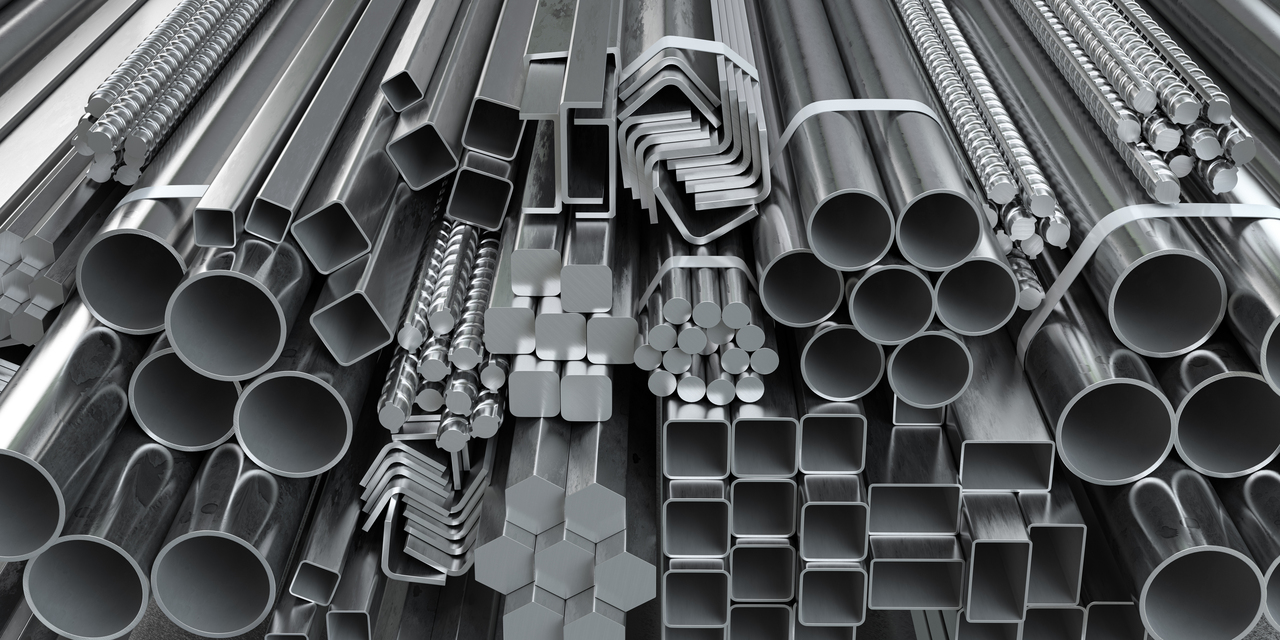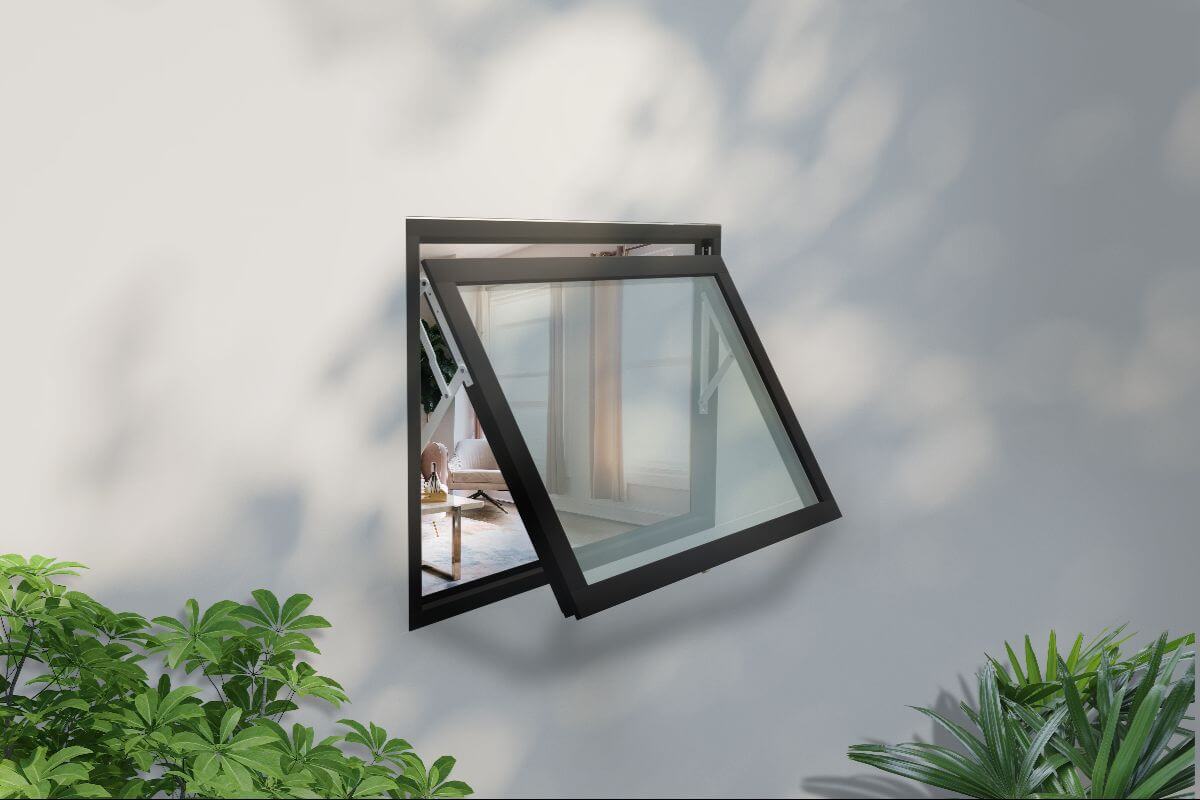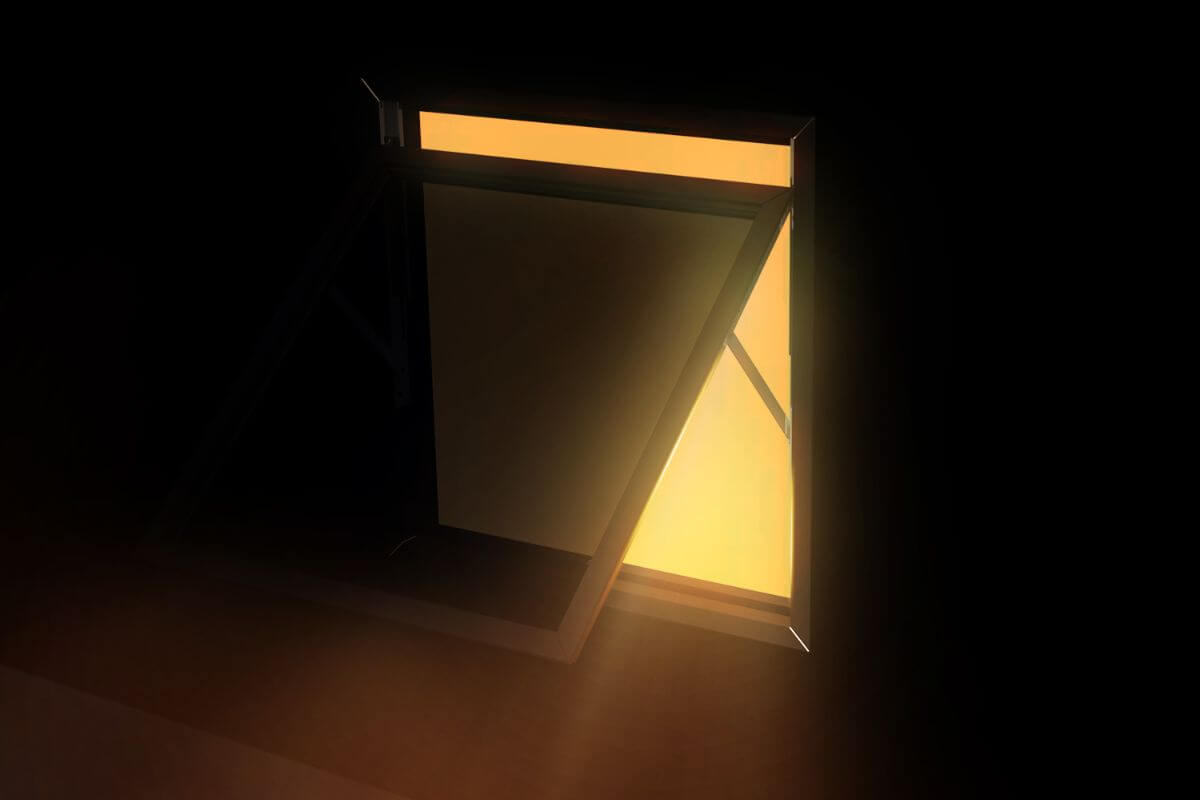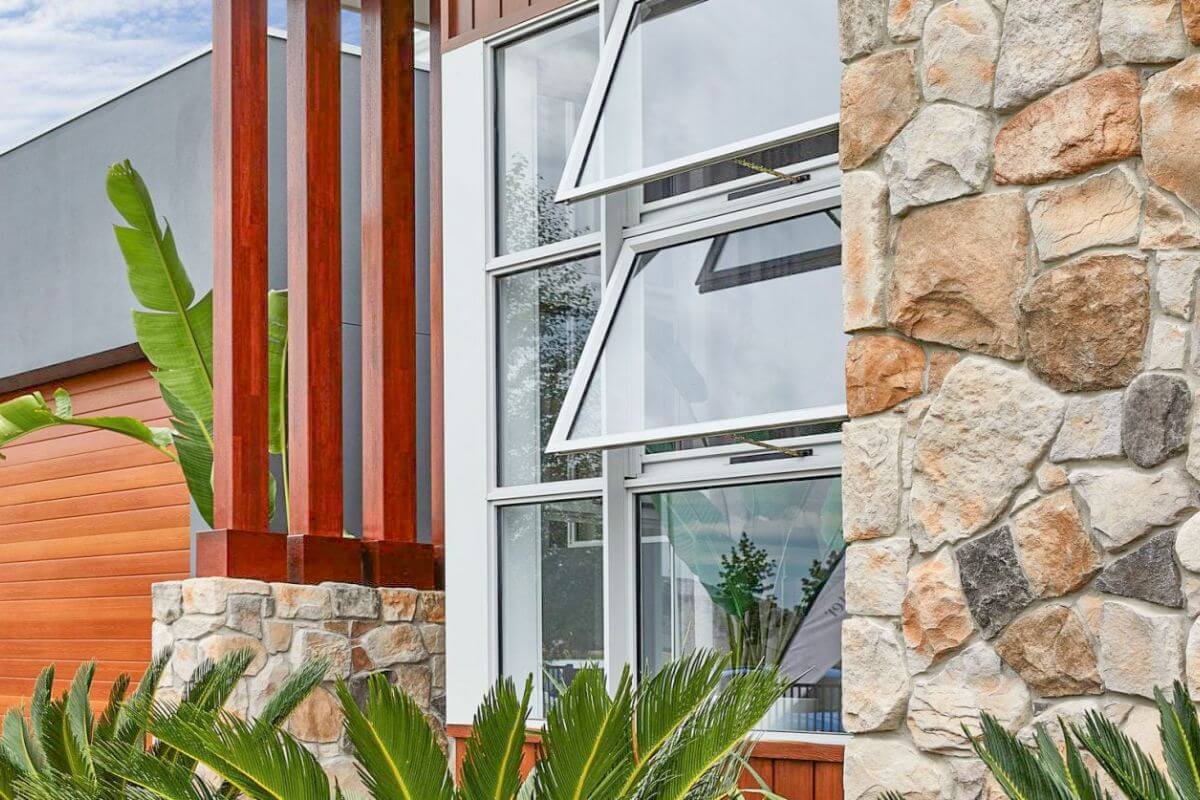What are the differences between aluminum powder coating and anodizing?
- Coating Material
- Variety of Color
- Cost-Efficiency
- Durability
- Environmental Friendliness
When it comes to protecting and strengthening aluminum, the differences between powder coating vs anodizing are comparable. These are two of the most popular coating techniques for increasing the durability of the alloy, reducing its wear and tear and improving its resistance against certain chemicals and elements. Before going into the differences of each method, however, it’s important to know the underlying process that takes place in each.
What is Aluminum Anodizing?
Compared to powder coating, aluminum anodizing involves electrochemical phases wherein a layer of aluminum oxide forms on the surface of the alloy. One of the things that make aluminum unique is its ability to form an oxide layer. While it may help in making the material less prone to corrosion, this layer is oftentimes thin.
Keeping this in mind, the aluminum is subject to the anodizing process wherein the process of oxidation is controlled. This results in a much thicker and toucher oxide surfacing.
But compared to the process of powder coating, wherein the resin-based spray coating applied on aluminum not only offers durability, but flexible design capabilities, anodizing might leave you guessing which of the two is really better. Read on to find out more.
Coating Material
The coating material is one of the most obvious differences between the two methods. In aluminum anodizing, the surface of the alloy has to undergo adequate surface preparation in order to make the electrochemical process a success. This involves the removal of dirt, grease, grime, and other debris that can affect this technique.
Afterward, manufacturers can opt to subject the aluminum to a pre-treatment phase that aims to further remove the defects and imperfections of the material. Once this is finished, the aluminum will now be dipped into an electrolyte substance wherein a constant electric current is being charged. The oxidation process takes place, albeit much more inorganically.
On the other hand, powder coating involves a more electrostatic process, wherein a spray coating material — usually made of fine polymers or thermosets mixed with pigments, curing agents, fillers, etc — are sprayed onto the surface of the aluminum. In this method, the aluminum also needs to undergo surface treatment to make sure that the coating material adheres to the aluminum’s surface.
Variety of Color

This is where you can spot the disadvantages of the anodizing process. Due to the limitations of anodizing, it can accommodate only a few basic colors on the alloy. More than that, the product is also limited when it comes to the type of finish.
Compare this with the variety of colors and finishes that manufacturers can come up with on powder coating. For example, if you’re powder coating any aluminum product, you’re not limited to only a single kind of finish. You can choose from vibrant styles and designs like matte, stone-like, pearl design finish, satin, metallic, and many more.
Cost-Efficiency
It’s important to understand that anodizing is but a part of a multi-stage process in coating the aluminum. Manufacturers still have to consider another technique in order to highlight the durability of the anodization process. They also need to subject the alloy to another secondary process in order to add color to it.
Knowing this, aluminum anodizing is significantly more expensive compared to powder coating. Due to the level of production that’s required for the aluminum, it’s possible that some of the costs may be passed onto the end-users or the consumers.
Powder coating is relatively easy to perform and doesn’t necessarily involve complex processes. There are also cases wherein it’s possible to recycle resins altogether for increased affordability without sacrificing the quality of the technique. This makes it an ideal choice for both large scale and small scale projects, unlike in the case of anodizing, wherein the costs may be too high.
Durability

As mentioned before, aluminum anodizing creates a thick oxide layer on the surface of the material. This aids in creating a highly-durable layer that can protect against impacts, corrosion, and some substances.
While the same may be true for powder coating, it may not necessarily be able to hold up in certain environments for prolonged periods. It’s common to find powder coating defects like peeling, discoloration, and rusting, especially if inadequate surface treatment and preparation were performed.
While the durability for anodizing might be better compared to powder coating, the latter might be more prone to irreversible chemical changes. For example, when the anodized aluminum product comes into contact with other chemicals/substances, a reaction could take place and could lead to a reduction in durability.
Environmental-Friendliness
Between the two methods, powder coating is considerably more environmentally-friendly. The simplicity of the technique and the materials used means that it does not really generate any VOCs (Volatile Organic Compounds) that can produce emissions. More than that, these compounds may also have harmful effects over time on a person’s respiratory system when they inhale them.
Powder coating releases generally little-to-no VOCs which makes them another great choice. This is applicable especially if the project is to be done in a residential or building space that will be inhabited by people. Powder coated aluminum windows, doors, awnings and other profiles can be safely installed without danger of releasing potentially harmful toxins into the atmosphere.
Key Takeaway
The main differences between powder coating vs anodizing can be found in the coating material, cost-efficiency, durability, design variety, and environmental friendliness.
Aluminum anodizing might be the better choice for better durability, but it may be susceptible to chemical changes that are difficult to repair. On the other hand, powder coating is significantly more cost-effective and versatile. A professional powder coating company can easily come up with multiple designs and powder coating finishes that can last longer and reduce the aluminum alloy’s overall wear and tear.




.jpg)
.jpg)
.jpg)


